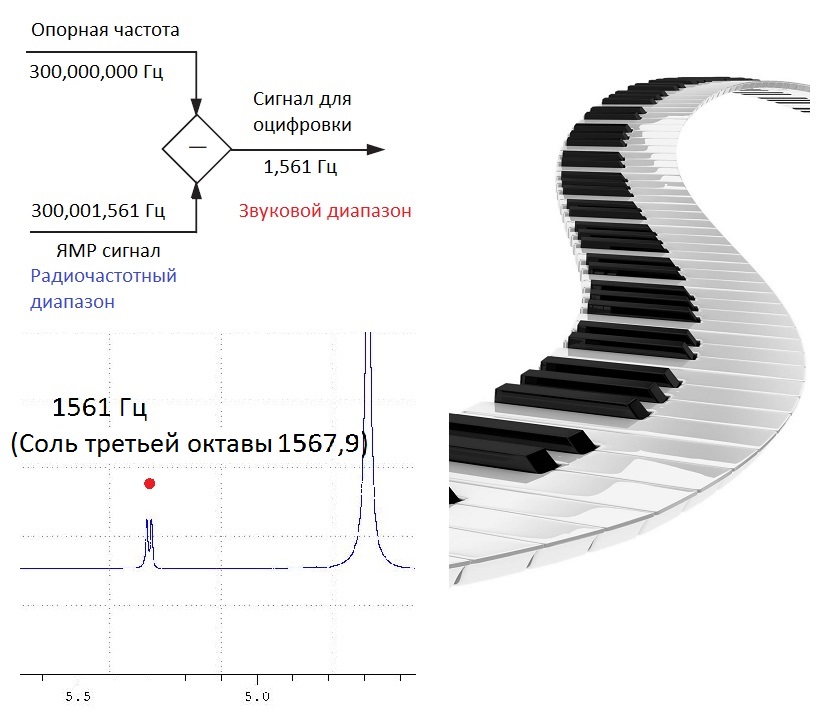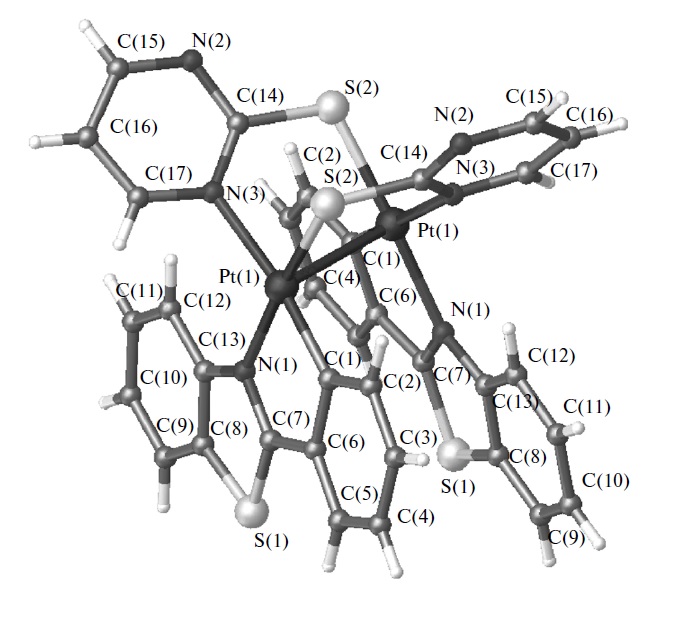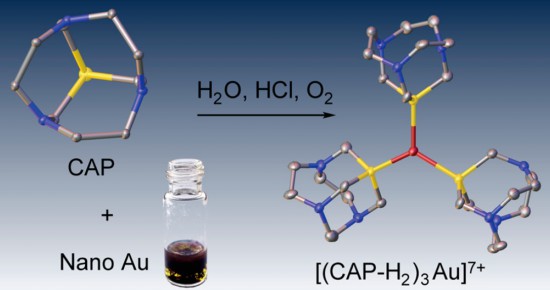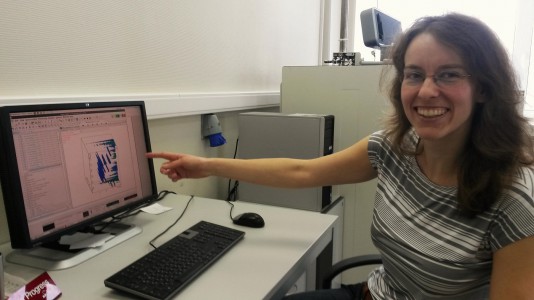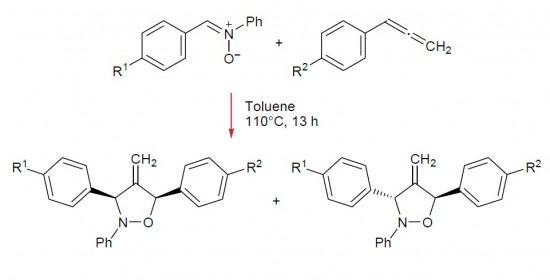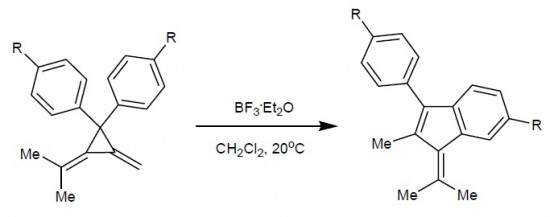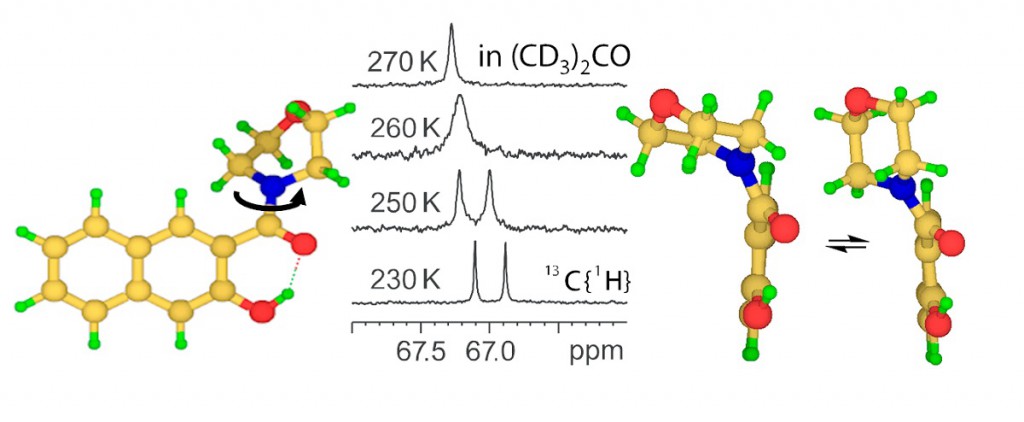Сигнал ЯМР на современных приборах лежит в радиочастотном диапазоне. Однако при оцифровке из сигнала вычитается опорная частота, и в результате получается сигнал с частотой, которую мог бы услышать человек. Например, если мы снимаем протонный спектр на приборе с постоянным полем 300 МГц, типичный интервал для сигналов порядка 3 кГц, при этом обычный человек способен слышать звук от 16 Гц до 20 кГц.
При проведении эксперимента по ЯМР первичным результатом является получение спада свободной индукции, который может быть преобразован в аудиофайл, например, при помощи NMR-Talk от Боба Хэнсона из колледжа св. Олафа.
